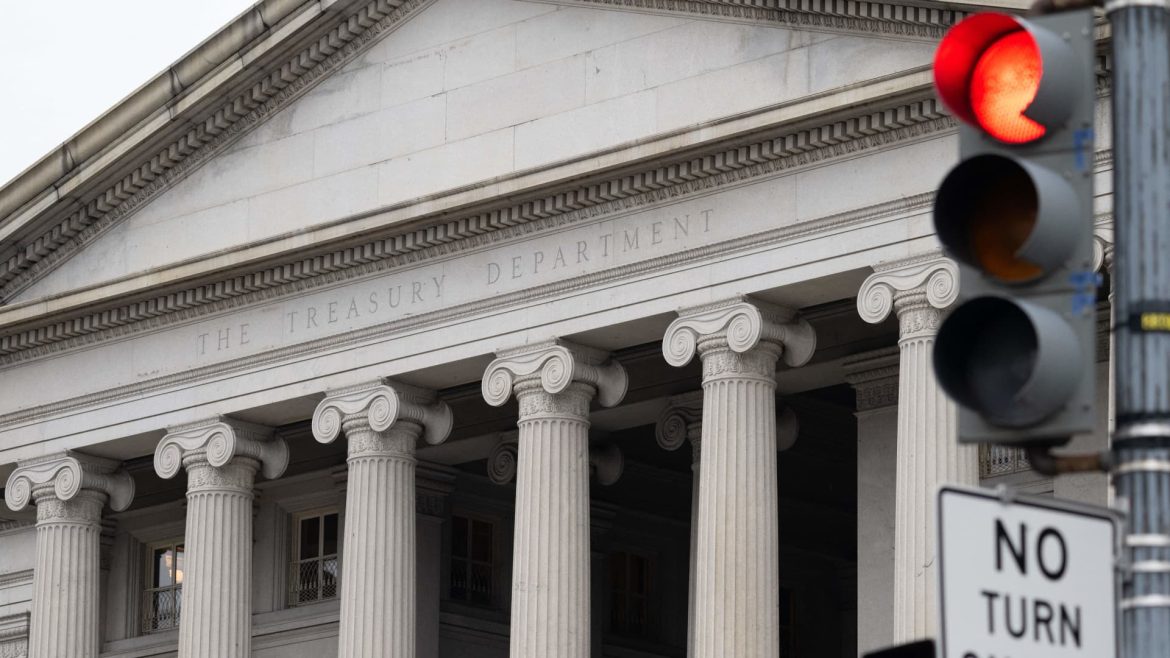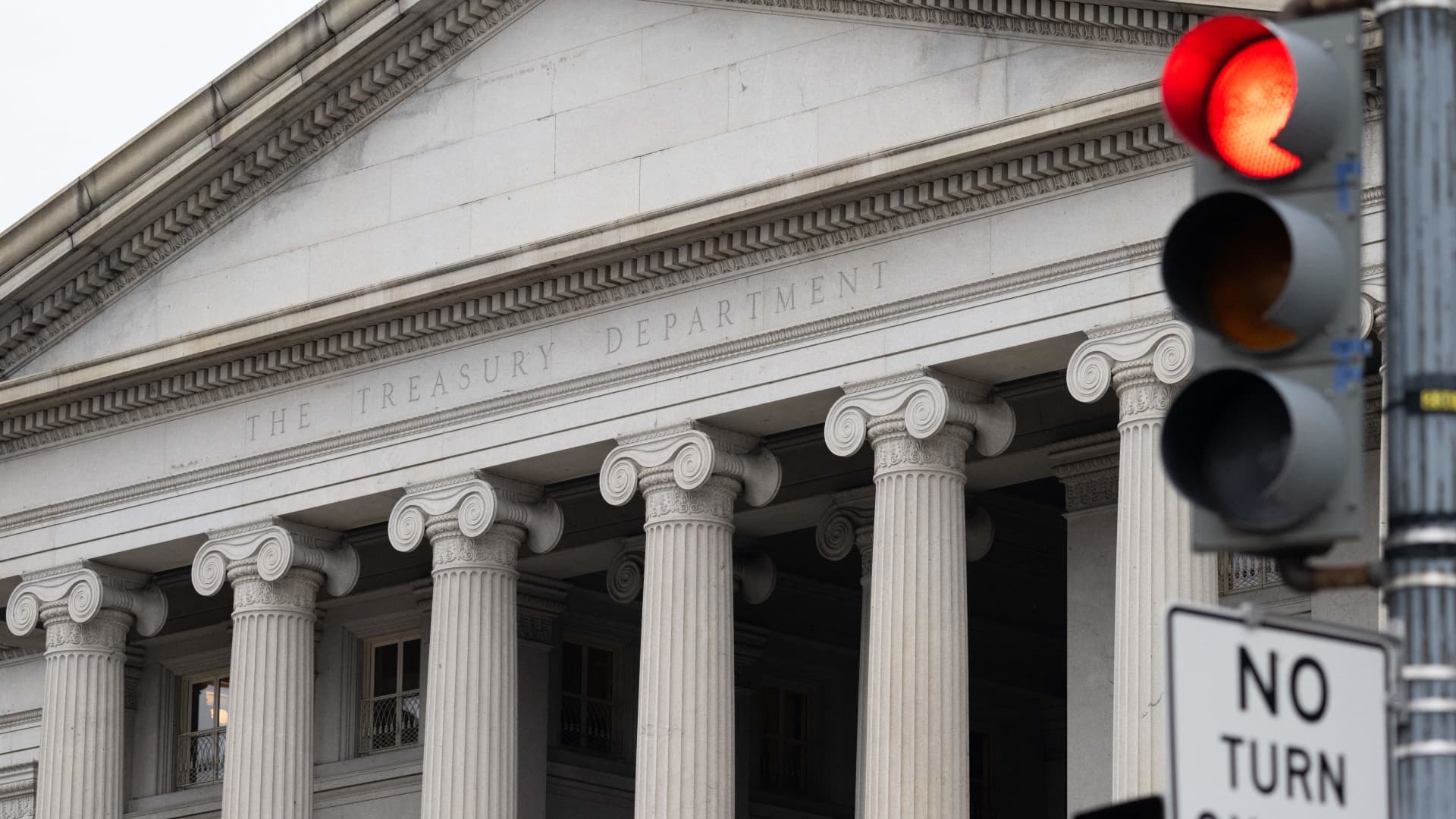The U.S. Budget Deficit in May and Trends in the Annual Shortfall
Introduction
The fiscal health of the United States has once again drawn attention in light of recent budget deficit reports. May 2025 saw a significant government budget deficit, and the cumulative annual shortfall has exhibited noteworthy changes compared to previous periods. This analysis dives into the figures reported for May 2025, contextualizes them within recent historical trends, and offers insights into factors affecting the deficit’s trajectory.
May 2025 Budget Deficit Figures
In May 2025, the United States federal government posted a budget deficit of approximately $316 billion. While this represents a sizeable shortfall for a single month, it is important to note that it falls 9% short of the deficit recorded in May 2024, which suggests some improvement in month-to-month fiscal management or revenue collection.
However, contrasting this monthly improvement, the deficit’s cumulative annual tally runs counter to this trend. The year-to-date deficit stands at around $1.36 trillion as of May, marking a 14% increase in the annual shortfall when compared with the same period in the previous year. This divergence between monthly and annual performance highlights complexities in federal finances that go beyond simple month-over-month fluctuations.
Historical Context and Trends
To understand the present situation, it is instructive to look at recent history. During the administration of former President Donald Trump, the federal budget deficit rose sharply, with records indicating a nearly 50% jump to close to $1 trillion in 2019. This upward trend in national borrowing and fiscal shortfall has continued into subsequent years, with total national debt accumulating alongside.
Between April and May 2025, the federal government experienced a swing—from a budget surplus in April, powered by seasonal tax receipts during filing season, to a deficit again in May. The May deficit of $316 billion exceeded expectations slightly, being modestly wider than the anticipated $314.3 billion. This shift underscores the volatility in revenue and spending flows tied to economic cycles, policy measures, and external factors like trade and tariffs.
Key Influences on the Budget Deficit
Several factors underpin the reported deficit figures:
The Interplay Between Monthly and Annual Deficits
The 9% monthly deficit improvement juxtaposed against a 14% increase in the year’s cumulative deficit could reflect timing differences in revenue collection, particularly the front-loading of tax receipts in April. Since the federal budget accounts on a cash flow basis, fluctuations in inflows and outflows can cause such counterintuitive patterns.
Implications for Fiscal Policy and the Economy
A growing annual deficit has multiple implications:
– Debt Sustainability: Persistent and elevated deficits contribute to mounting national debt, raising concerns about the sustainability of current borrowing levels.
– Interest Costs: Increasing debt leads to higher interest payments, which can crowd out other government spending priorities.
– Economic Impact: Large deficits may influence interest rates, inflationary pressures, and investor confidence, with mixed implications for economic growth.
– Policy Dilemmas: Efforts to reduce deficits must balance economic growth objectives with fiscal responsibility, creating complex trade-offs within government decision-making.
Conclusion: Navigating a Complex Fiscal Landscape
The May 2025 budget deficit of $316 billion, coupled with a 14% rise in the cumulative annual shortfall from the previous year, paints a nuanced picture of U.S. fiscal health. While monthly gains suggest some progress, the broader trajectory underscores persistent challenges in managing the federal budget amid competing priorities and economic realities. Future policy choices will need to reconcile the imperative for fiscal discipline with the necessity of supporting economic stability and growth, navigating through these intertwined and evolving financial dynamics.





